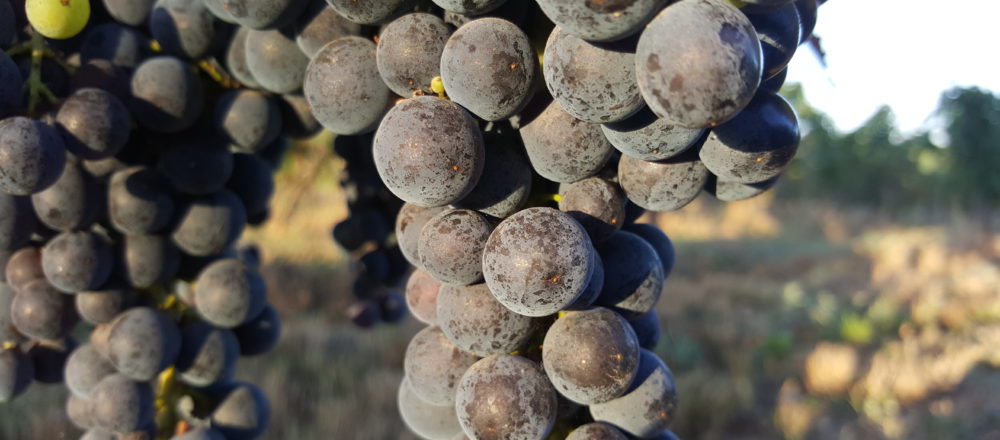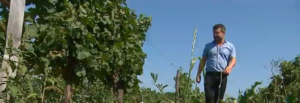Monday September 14, 2020 by Alexandre Abellan
Faced with membership requests, “we could have brought in 50 to 100 ha more” notes Philippe Hébrard. – photo credit: DR
Passing the 4000 ha, the coop winery maintains its attractiveness despite the current sales difficulties. This allows it to maintain its costs per hectolitre vinified despite Bordeaux Wine Union decisions and the drought.
“It’s an old adage: the cooperative system works well in times of crisis” quotes Philippe Hébrard, general manager of the Rauzan winery(350 members). While panels of vineyard for sale and unmaintained plots swarm the Bordeaux vineyards, the Entre-deux-Mers cooperative has seen the number of membership requests jump this year.
Stopping new memberships in May, the winery was extremely solicited: “we set up a selection by refusing the whites (given the difficulties of this market), by asking for the High Environmental Value (HVE) certification, by being open to organic wine … »reports Philippe Hébrard. In 2020, Rauzan will welcome additional 350 hectares, from both growing members’ areas (many vineyard being for sale, for falling prices) and new members (estates in difficulty, winegrowers changing from cooperative wineries, well-known structures selling directly and shedding part of their production potential, etc.).
4000 ha
Having already integrated 200 ha of new vineyard in 2019, the Rauzan winery passes the caps of 4000 ha this year. Recording a 14% increase in its surface area in two years, the cooperative is showing its confidence: these new surfaces will enable it to amortize its fixed charges. In AOC Bordeaux red, “the authorized yields * have fallen by 10%, which is offset by these new entries for our charges per hectolitre”, summarizes Philippe Hébrard.
If he is concerned about the unsold volumes of the 2019 vintage, the manager of the cooperative winery is confident in the future. Feeling a recovery in the markets, he said he was confident in the capacity to develop these new volumes. “It is as if we were absorbing a cooperative winery,” emphasizes Philippe Hébrard. Negotiations for a merge between the Rauzan and Ruch wineries, which began earlier this year, have been postponed, as the coronavirus crisis makes any investment project too uncertain.
“More efficient economic model”
Acknowledging having lowered the monthly payments to its winergrowers members in April (to restore them in May), Philippe Hébrard notes that the Covid-19 has generated cash jerks, but underlines the robustness of the cooperative model. Following the surface area of the Tutiac cooperative winery (4,000 ha), but not the leader Union de Guyenne (5,000 ha), Rauzan is showing its lead in terms of Corporate Social Responsibility (CSR) being the first, and only, Bordeaux structure to be certified Vignerons Engagés. ” (Sustainable Winegrowing of France) Our ultimate goal as a cooperative winery is for our economic model to be the most efficient in the geographic area to ensure the sustainability of our members estates” concludes Philippe Hébrard.
*: Regarding agronomic yields, “at the end of August we feared plethoris harvests, but the yields of the first red plots are lower because of the drought” underlines Philippe Hébrard, reporting that the yields are falling every day (-1 hl / ha) . If there has been a nice grapes emergence, the berries are small and produce little juice.

